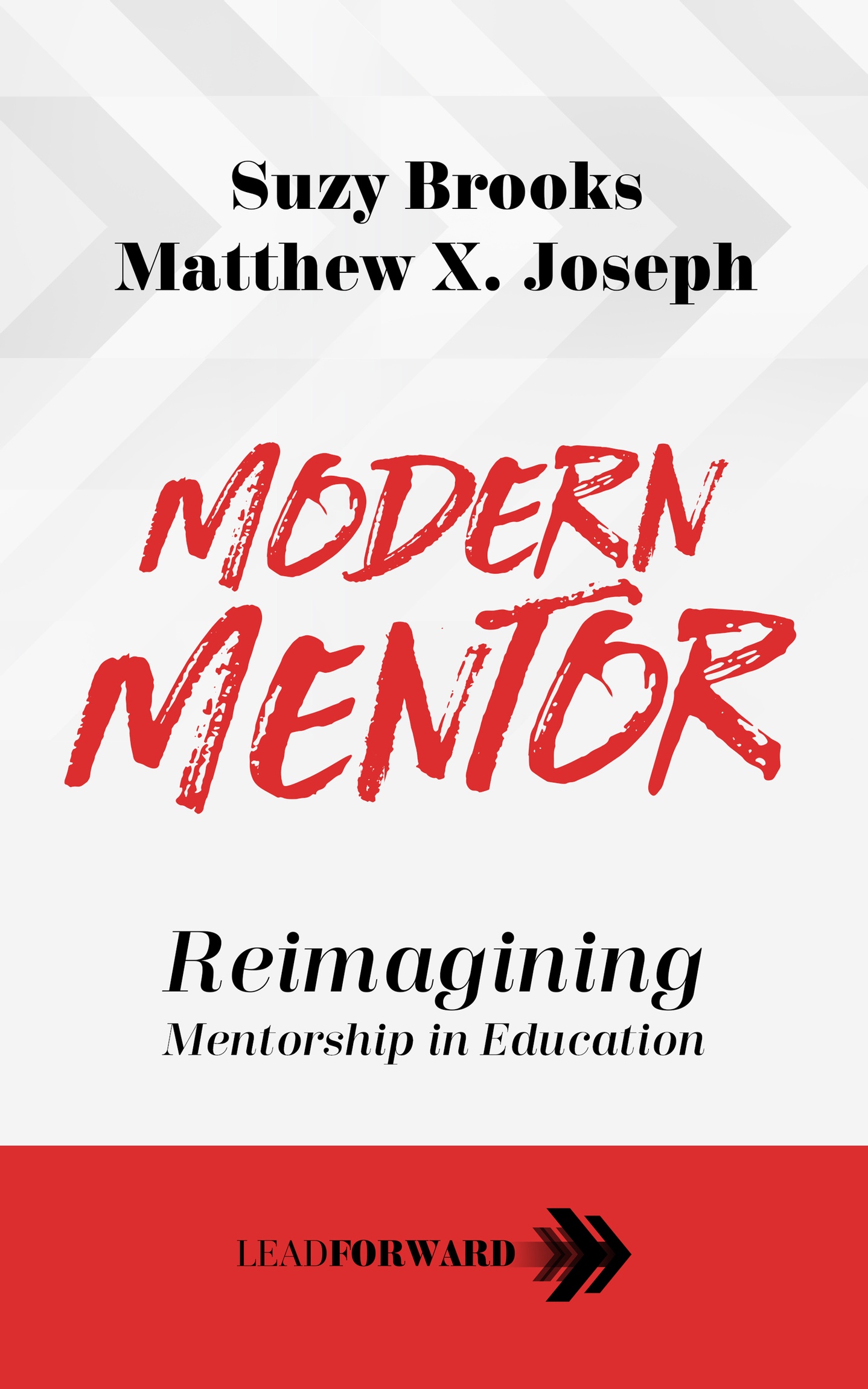Leading Up with HEARTS
Jun 15, 2022
By Lisa Parry
What is my principal thinking?
She can’t be serious!
There is no way this is going to work.
Her plan will fall flat.
We can’t sit idly by and watch this happen.
This won’t be good for kids.
Who is going to tell her? Huh? Who?
Me? You want me to tell her?
I want to—I want to help her see what we see—but I am afraid to have the conversation. What if I offend her? What if she resents me? What if I make matters worse?
Help!
This dialogue is surely familiar to you. Frankly, educators everywhere have considered their leaders’ words and actions and wondered if those at the helm had lost their minds (I must admit this holds true for my staff)!
Author Michael Useem introduced the term “leading up” in his 2003 book Leading Up: How to Lead Your Boss So You Both Win. Keith Ferrazzi & Noel Weyrich explore this topic through a different lens in Leading Without Authority. I recommend both to educators at all levels—as we all answer to someone.
The art of leading up involves working with and through your supervisors to initiate the action you deem necessary. In our world, this could include:
- Students lead up as they persuade their history teacher to include Schindler’s List as part of their World War II focus. They may ask their PE teacher to pilot a social dance unit.
- Teachers lead up by connecting with the principal to add a new elective to the middle school schedule or alter the default reaction to student behavior.
- Principals lead up when collaborating with the superintendent to add staff members or invest in a new curriculum.
- Superintendents lead up at a school board meeting when advocating for funding a capital outlay project (like a new building or addition, an extensive remodel of the existing campus, or the addition of a new facility such as a track or playground).
After teaching for more than 20 years, I now serve as a K-12 principal. I am acutely aware of the desire to lead up—and the need to have the teachers lead up on my behalf. Many factors might prevent me from serving my district well, from biases to ignorance to stubbornness to a migraine headache.
In these situations, I need my staff to step in, step up, and show me what I am stepping in!
As with all communication—and maybe especially as you are working with your direct report—lead up requires an artful approach. I have broken the components down into the acronym HEARTS. (Stanford SPARQ offers something similar with their LARA approach.)
Hear your leader out. This goes beyond being present. Sharing your ideas requires concerted effort. In this situation, active listening—which you must do—includes remaining attentive and focused on the messenger and message. Put your phone away. Make eye contact. Take notes if appropriate. Be in the moment—don’t simply go through the motions.
Doing so becomes the action that means more than the words. We can all say we want to hear what someone with a different vision thinks, but do we follow through when allowed to sidle up and talk it out? Your attentiveness will build goodwill and trust in you, which will pay dividends during decision-making time.
Echo your leader’s message. In Never Split the Difference, one of my favorite books, author Chris Voss, an FBI hostage negotiator, encourages his readers to “mirror” a speaker by repeating at least the last two or three words of their message.
This technique proves to your conversation partner that you are listening and accomplishes something else: it keeps them talking, allowing you to learn more about the position you are countering. Knowing more will improve your ability to counter effectively.
Agree with a point or two. While you may be approaching an issue from a different perspective, you likely can find something—ideally even a few somethings—with which you can concur.
Frankly, it is a dangerous approach to discount each aspect of your leader’s ideas as you will appear closed-minded and stubborn. The identification of common ground is critical. Do not skip this step.
Reframe the topic. This is the moment you have been waiting for: the opportunity to share how you see the issue and set up a contrast between your view and that of your leader. Be armed with salient, sensible, and succinct main points. Please don’t overdo it, or you risk running them off. Pick what matters most and make the most of those points.
Team up to move ahead. Under most circumstances, you should be ready, willing, and able to partner with your leader after speaking your peace. Your stakeholders—students, staff, families, and community—risk suffering if the cracks between primary players form and grow.
If a final decision is legal, ethical, and moral, it must be accepted by students, teachers, principals, and/or superintendents. This is where agreeing to disagree—a difficult but sometimes necessary decision—comes in. If the gap between your vision and the decision is so vast you cannot abide it—it is not the environment for you.
Step up to help out. Find a way to facilitate the change you seek. Offer to research a topic, make a call, send an email, schedule and lead a meeting, or seek the assistance of an outside resource. You carrying a bit of the load is a selfless act that will impress a leader.
Consider this hypothetical conversation coming from the HEARTS.
After hiring an additional paraprofessional and hearing why the superintendent is not on board, a principal might say, “I heard you say we have more support staff here than area districts, and I know that is true. This will cost us a great deal of money. Because you are responsible for the district’s finances, it makes perfect sense that you would push back against hiring another para.”
Let’s pause as we move from agree to reframe.
There are two moves to avoid.
- A shift word like “however” or “but” causes problems. It screams, “Now I am going to disagree with you, so be ready.” Instead, use “and” or “so.”
- Using “I think” or “I feel” weakens your message. Instead, go with something like “I know” or “It is true.” These are strong stems.
“I know as we allocate money for next year, we are obligated to spend it on the people and programs designed to improve teaching and learning. We must add another para to our staff because we know that one-on-one student support leads to measurable gains in student learning.
“Given this responsibility, what other ideas can we generate for either cost savings to pay for a para or shifts in current staff roles to provide one-on-one support?
“What percent of our budget do we allocate to support staff, and how does this compare to comparable districts?
“I can also reach out to a few others to ask for suggestions.”
Though leading up using HEARTS is not a guaranteed path to what you want, acting inconsistently will surely lead to rejection. Try it and let me know if and how it works for you!
Lisa Parry is an author, speaker, educator coach, and K-12 principal proudly serving a 2021 National Blue Ribbon and a 2020 ESEA Distinguished Elementary School.
Her goals include sharing the arts of lead up, relentlessly pursuing student & staff happiness, and positive communication. Look for her on LinkedIn and connect if you like! She looks forward to collaborating with you!






